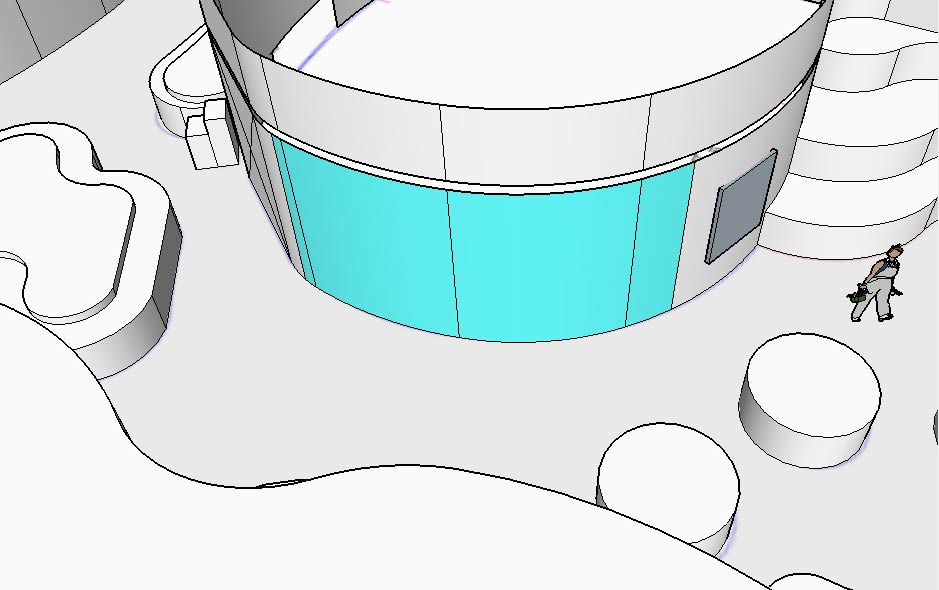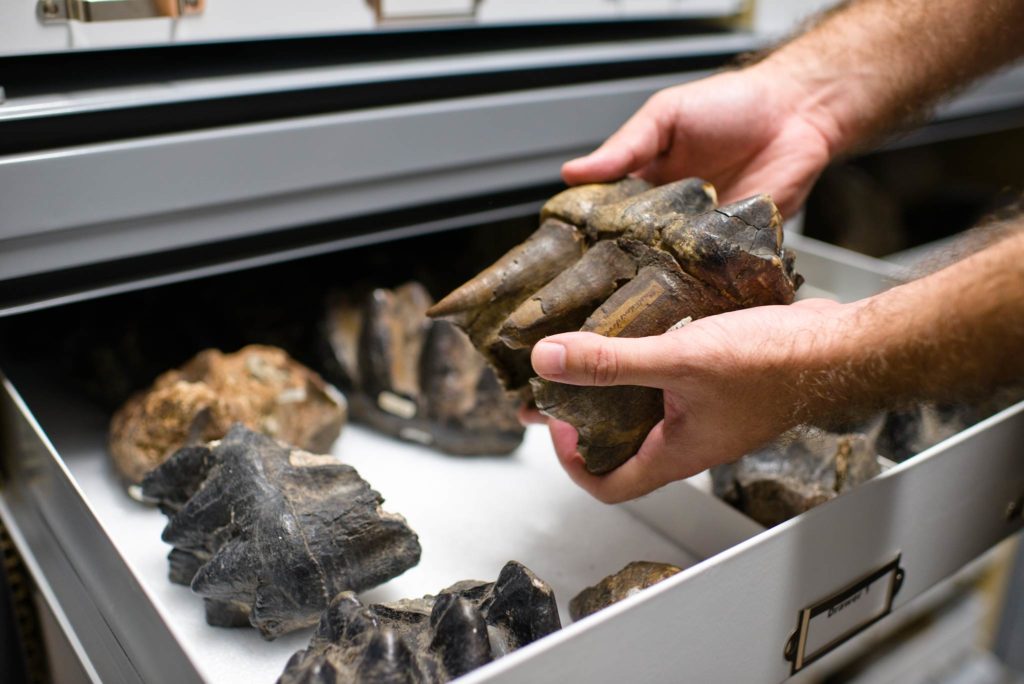Bringing Them Back to Life: The Live Lab
Bringing Them Back to Life is a blog series from The Charleston Museum that provides updates and plans for our Natural History Gallery renovations.
We are pleased to report that the Museum recently surpassed the 90% mark in terms of funds needed to create the new Natural History Gallery. We now have less than $90,000 to go. Our recent request for contributions that went out to members and donors in early May brought in nearly $8,000, including $1,000 from Royall Ace Hardware, a longtime supporter of the Museum. Our Board of Trustees President, Mrs. Margaret Garrett, and her husband Gordon, meanwhile, made a generous leadership gift of $3,000 to the project. We are also grateful to the Seabrook Island Natural History Group, which regularly participates in Museum programs, for giving $1,500 to the gallery. For those of you who have not yet made a donation but would like to, please send your gift using the mailer card that was sent to you or visit our website to donate by credit card (click the Natural History Gallery button).
Our designer, Becca Barnet of Sisal & Tow, and our staff exhibits team are continuing to make strong progress on design. A final plan is on schedule for September which means modules for the gallery will begin to be constructed by the end of the year! We are so thankful to all those who have given to this worthy project and allowed us to stay on schedule. Our opening early next fall will be here before we know it. In the meantime, enjoy Curator of Natural History Matt Gibson’s blog for the month:
Paleontology is traditionally the study of animals and plants from the past through fossil material. As technology has progressed, paleontology has expanded to include the study of past climates, ancient habitats, and how animals and plants decay and are preserved. The primary focus of The Charleston Museum’s Natural History Department is the classification and preservation of Lowcountry fossils for exhibition and research. Many fossils uncovered in the Lowcountry are found through random sampling of layers or from river dredgings. Occasionally the Museum takes part in organized excavations where larger specimens are uncovered in situ, or in the layer they were originally deposited within. Examples of organisms collected in this way include our giant ground sloths and Oligocene whales. When excavations like these are conducted, it is important for the skeletons to be mapped and removed in an organized manner to retain as much information as possible.
The new Natural History Gallery will feature a working paleontology lab where visitors can observe researchers and volunteers reconstructing these fossil organisms. The lab section will be devoted to explaining the process of discovery, excavation, and preparation of fossil material at The Charleston Museum as well as how casts and molds are made for exhibition.



